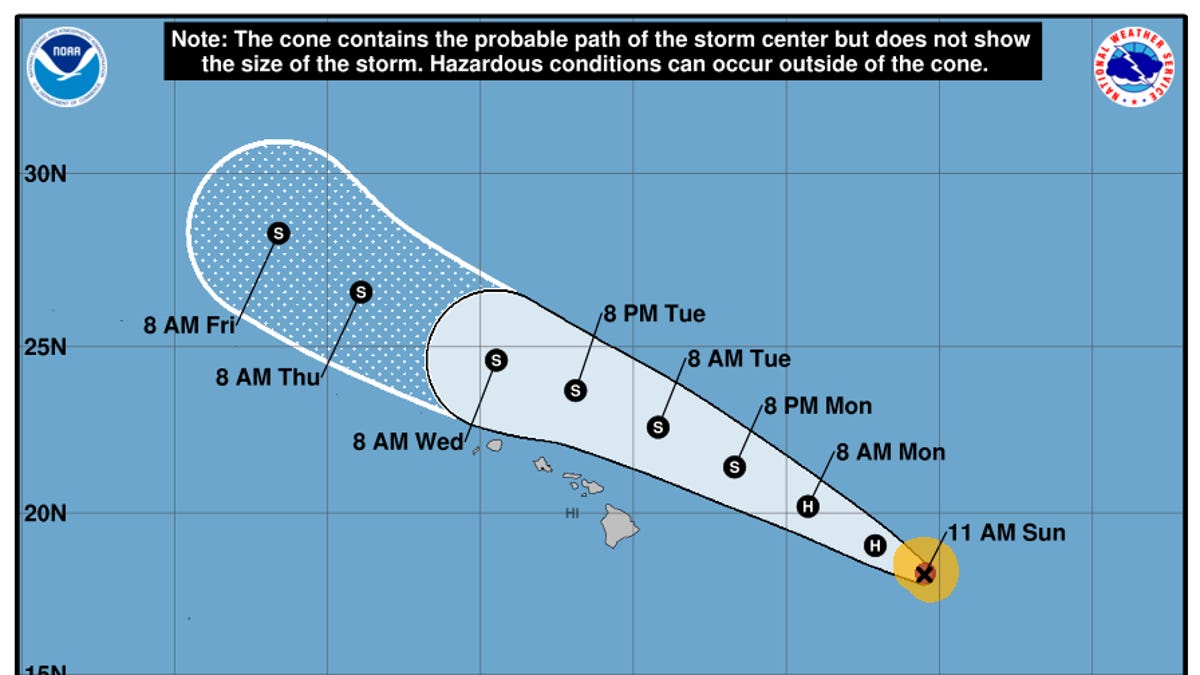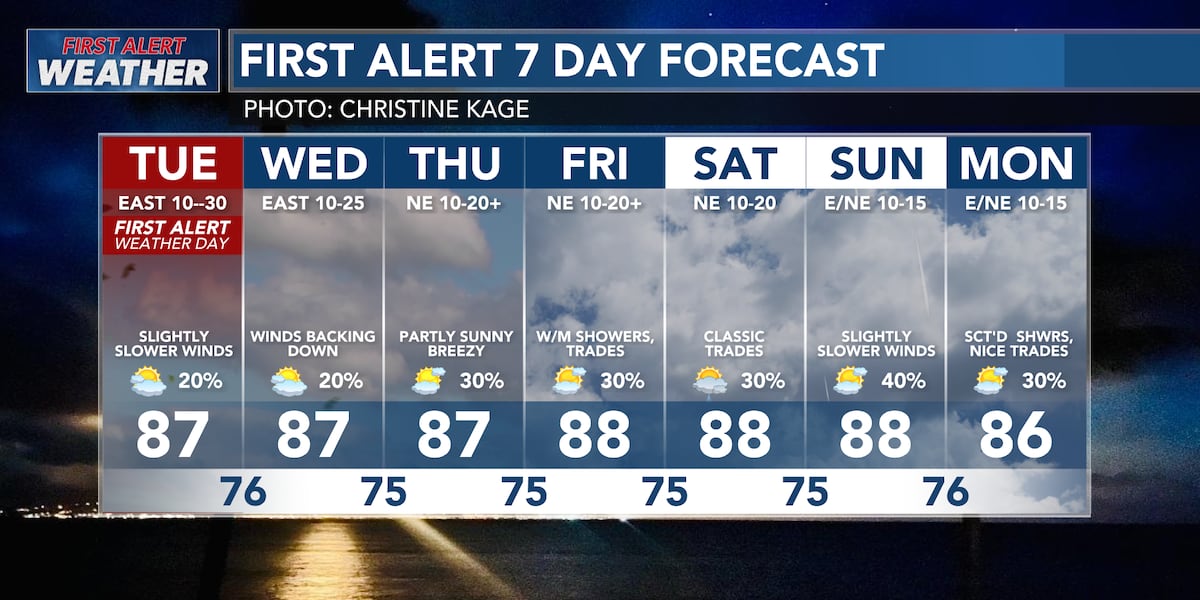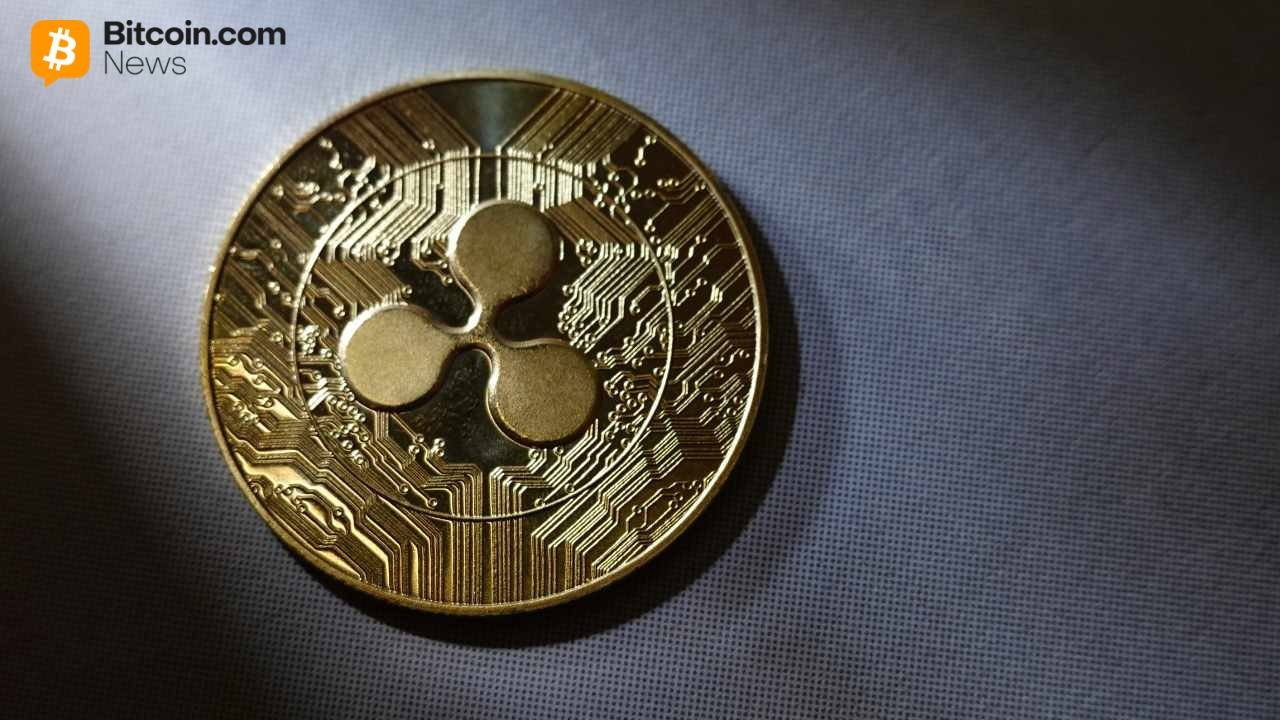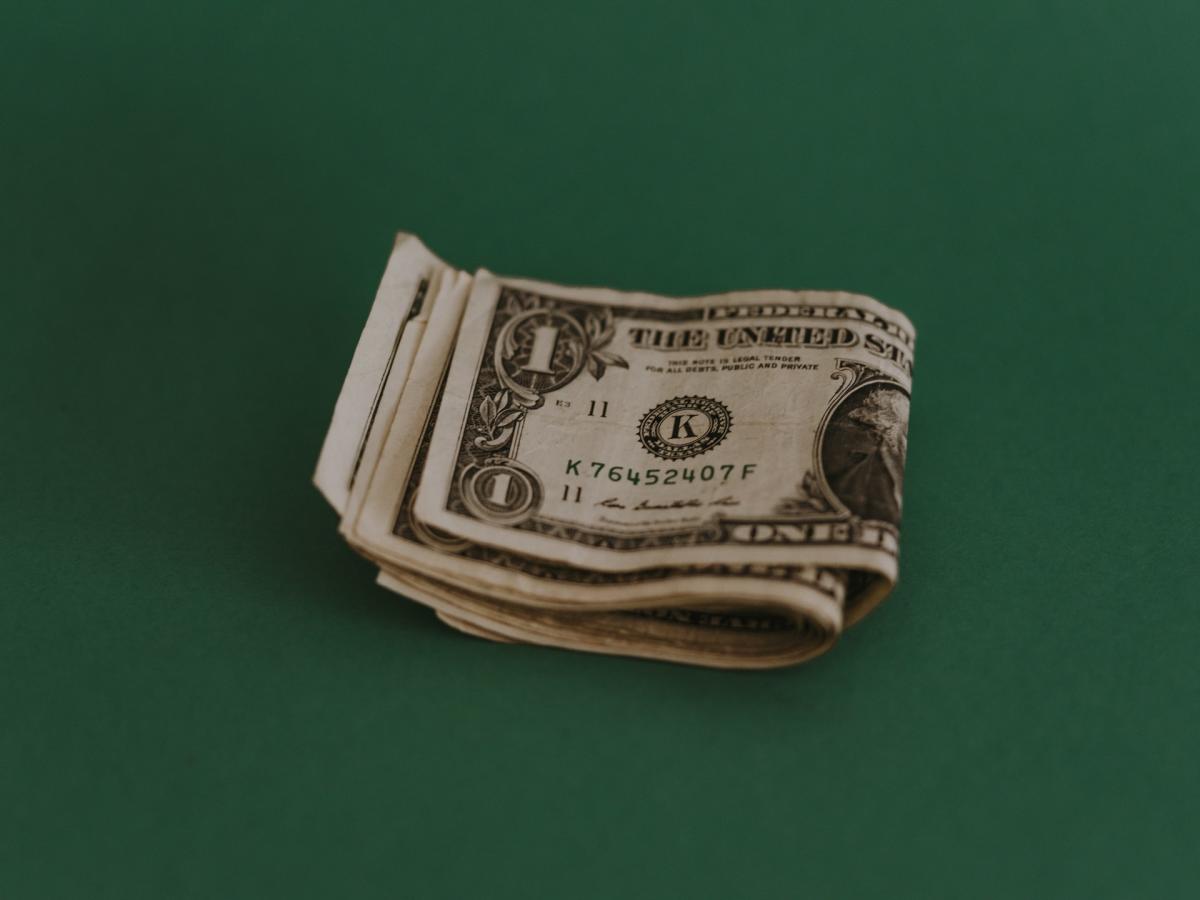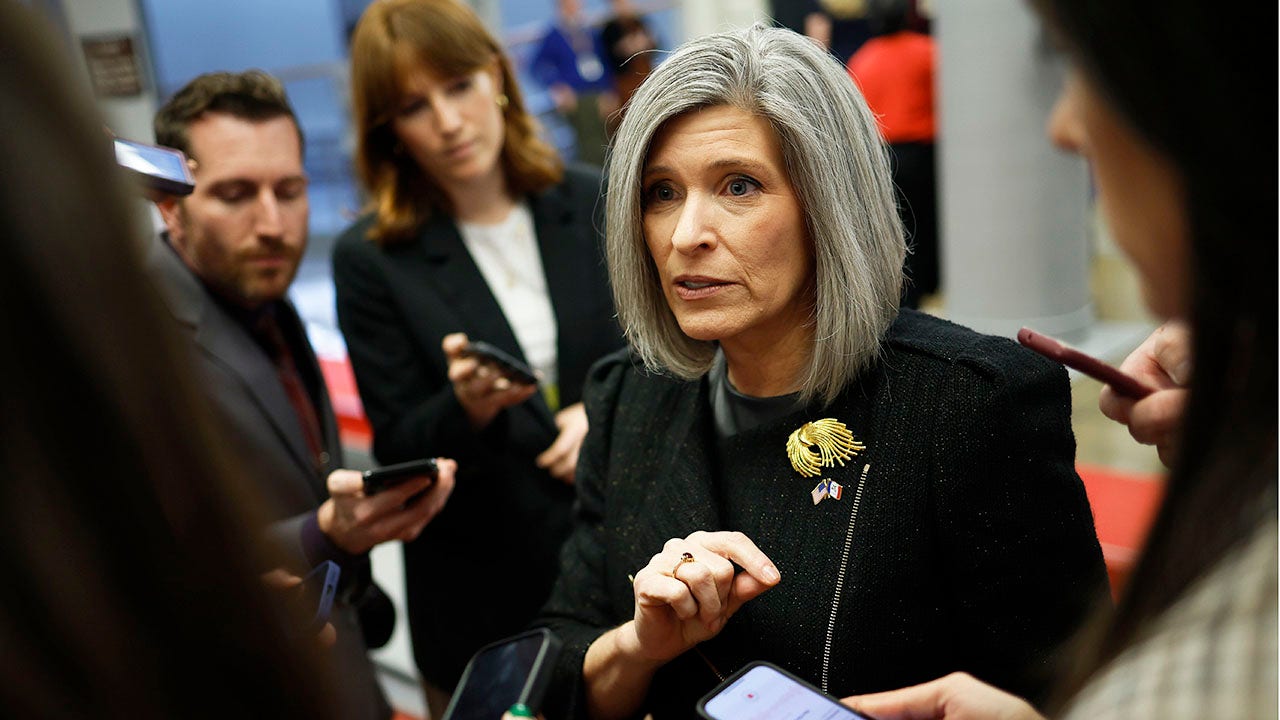Hawaii
The push to save one of Hawaii’s only voyaging temples

Koa Heiau Holomoana is an ancient Hawaiian heiau (traditional Hawaiian place of worship) that was used to train navigators for ocean voyaging by using the alignments of the stones with the stars.
Hawaii Land Trust/Shibby StyleeOn Hawaii Island, in the hills of North Kohala overlooking the Pacific, a unique Hawaiian cultural site sits beneath the stars, free from light pollution. The ancient Hawaiian heiau, or temple, called Koa Heiau Holomoana, is one of the rare few dedicated to long-distance ocean voyaging. Some think it was built over a thousand years ago. A training ground for navigators, its standing stones are aligned, with keen precision, with islands on the other side of the Pacific, farther than the eye can see.
For decades, the coastline of North Kohala has been under threat of resort development, and the island’s county council supported its development.
Despite community opposition, one after the other, developers proposed large hotels, condos, homes and an 18-hole golf course on land that contains this sacred heiau and 174 other historic cultural sites, such as shrines, burials and trails.
Advertisement
Article continues below this ad
Hawaii Land Trust is raising $20 million to save Mahukona from resort development.
Hawaii Land TrustWhen the latest developer’s plans fell through, the Kohala community partnered with the nonprofit Hawaii Land Trust to try to buy the 642 acres and preserve the land into perpetuity. “There’s been a very, very long-term community use of Mahukona for a bunch of things, from recreation to cultural practice to subsistence gathering, and the community was worried that had that resort been developed, they would have lost access and ability to continue those practices,” Olu Campbell, CEO of Hawaii Land Trust, told SFGATE.
Hawaii Land Trust is actively campaigning to raise $20 million, to be used to purchase the land from a holding company, as part of an agreement that expires on Dec. 15. It has raised enough funds to acquire the property, but needs the total amount to support immediate stewardship activities. “I’m optimistic, but yeah, there’s definitely a chance that [we won’t reach it]. We’re about $1.3 million away from completing that goal,” said Campbell. The purchase would create 4 miles of protected coastline, including Kapaa Beach Park to the north and Lapakahi State Historical Park to the south.
“It allows us to continue to steward Koa Heiau Holomoana,” Chadd Paishon, expert navigator and executive director of Na Kalai Waa, a Hawaii Island organization that perpetuates traditional ocean voyaging. (Aside from the coastal trail, Mahukona is on private property and visitors are not allowed to visit the heiau without permission from Hawaii Land Trust.)
The Makalii is Hawaii Island’s long-distance voyaging canoe that’s part of Na Kalai Waa.
Hawaii Land TrustCultural revitalization
Advertisement
Article continues below this ad
Long before modern-day GPS and even prior to the invention of the compass, Polynesians voyaged across the islands of the Pacific by using the positioning of the stars, moon, sun and ocean swells to navigate their way. They traveled between Hawaii and the South Pacific on voyaging canoes for centuries. But for unknown reasons, voyaging declined and ceased in Hawaii around the 14th century. Some surmise that the voyagers’ time and energy turned to cultivating land for its growing population.
It wasn’t until the 1970s that Hawaiians, with the help of Micronesian master navigator Mau Piailug, rekindled their relationship with the voyaging traditions by building the double-hulled canoe Hokulea and sailing successfully to Tahiti in 1976.
Na Kalai Waa’s founders Clay and Shorty Bertelmann were involved in this resurgence of voyaging — and, in the 1990s, when they were building Makalii, their voyaging canoe for Hawaii Island, kupuna (elders) from Kohala introduced them, and Paishon, to Koa Heiau Holomoana.
“It had been in their family for generations,” said Paishon. “In the stories that we have learned, that particular heiau was used as a training ground, a school for potential navigators. And because we’re continuing that tradition of voyaging, they wanted us to know about the place and really to care for it. And so we basically, still utilize that heiau as our school.”
The Hawaii Island canoe Makalii is housed at Mahukona, where Chadd Paishon of Na Kalai Waa uses the navigational heiau as a school for navigators.
Hawaii Land Trust/Shibby StyleeArchaeoastronomical connections
The navigational heiau looks a bit different compared with other heiau in Hawaii, such as the large, stacked-stone heiau at Puukohola on Hawaii Island or the large enclosures of heiau Puu O Mahuka on Oahu. In contrast, Koa Heiau Holomoana is made up of upright stones pointing toward the sky. Paishon says its construction is similar to others found atop the island’s volcanoes and on Mokumanamana in the Northwestern Hawaiian Islands.
Like a map, the heiau’s standing stones are aligned with the stars used by navigators to lead to certain islands, Paishon explains. They’re pointed across the Pacific, toward Samoa, Cook Islands, Tahiti and the Marquesas. The stones are also not from Mahukona – they were brought to this spot long ago from other Pacific islands.
Advertisement
Article continues below this ad
Koa Heiau Holomoana continues to be used solely as a school for students practicing traditional navigation and is not open to visitation.
Hawaii Land TrustPaishon says Na Kalai Waa takes student navigators to the heiau to teach them about these connections between stones, stars and other Pacific islands. “It’s about understanding what islands are connected to which stones, so that in the process of the movement of the stars, you can see which stars align to certain stones and whether the other stars are in alignment to those particular stones,” he says.
The heiau helps prepare students before a voyage. Their next long-distance voyage is in two years. If construction had proceeded at Mahukona, development would have obscured the night sky, making it impossible to continue the practice, which is why Paishon sees this purchase as a necessary step for conservation. “It allows that part of our culture to continue,” he says.
Editor’s note: SFGATE recognizes the importance of diacritical marks in the Hawaiian language. We are unable to use them due to the limitations of our publishing platform.
Advertisement
Article continues below this ad
We have a newsletter all about Hawaii, with news, tips and in-depth features from the Aloha state. Sign up here.

Hawaii
Hawaii Set to Host First State Surfing Championship in 2026
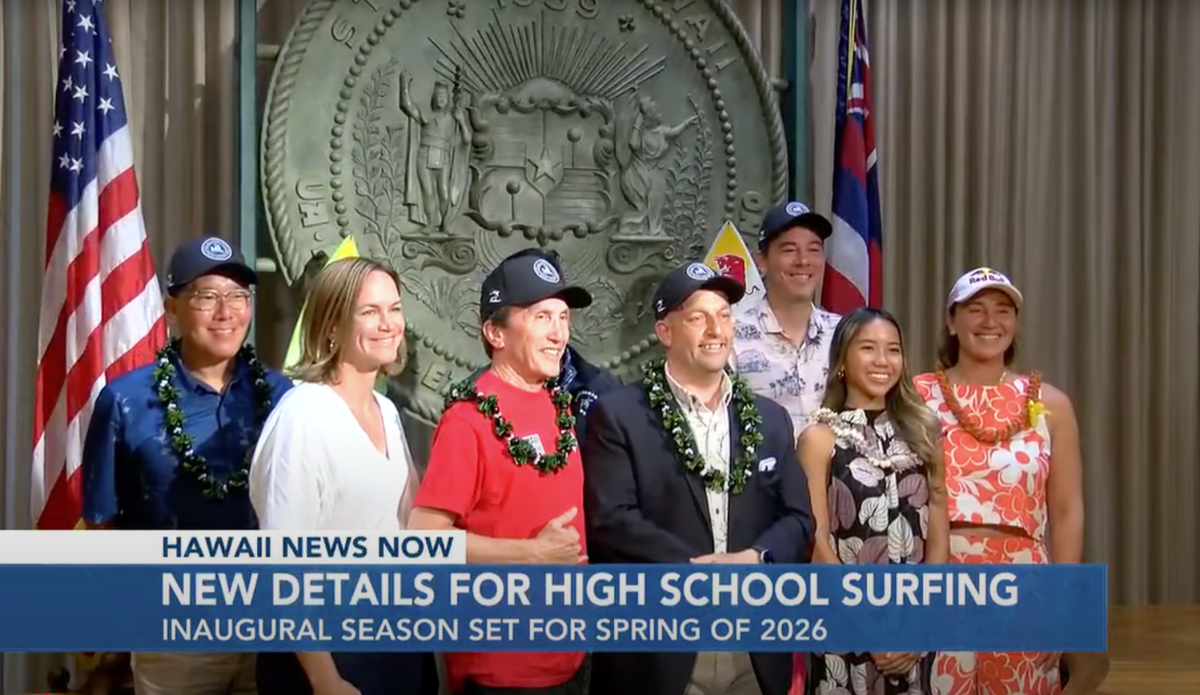
Hawaii Governor Josh Green was joined by Carissa Moore Monday to announce the 2026 Hawaii High School Athletic Association (HHSAA) surfing competition. The contest will be held at Hookipa Beach on Maui’s north shore on May 1 and May 2 and will cap off the first school year in which surfing is an official team sport at the prep level in the Aloha State.
HHSAA announced that surfing would be added to its spring 2026 schedule back in July after Gov. Green signed a bill providing $685,000 in funding for the state’s interscholastic leagues. Prior to that, athletes like Carissa Moore were left with traveling to compete as individuals representing their schools in NSSA events.
“It would’ve been cool to have a few more of my peers alongside me competing and doing it together, and representing something bigger than ourselves,” Moore told the media on Monday. She joked about the complications it created as a student, making up missed P.E. credits with laps around the track at Punahou School. “Surfing is a very individual sport, and I think this team aspect is so important and something that I missed out on as a young person.”
The May 2026 event will include competition categories for both boys and girls in three different disciplines: shortboard, longboard, and bodyboard.
“The Maui high schools have competed for 19 years as an unofficial club sport and then from 10 years ago, we’ve been competing as an official MIL sport,” said Maui Interscholastic League surfing co-coordinator Kim Ball. “So you can imagine the enthusiasm and excitement after 29 years that we’re finally going to have a state championship. The county of Maui and our MIL surf crew will do all we can to make it a memorable event.”
The news is being celebrated around Hawaii for the sport’s importance within the state’s culture and history. Beyond that, however, it makes Hawaii the first state in the U.S. to recognize surfing as a state champion team event.
Hawaii
Shohei Ohtani’s lawyers claim he was victim in Hawaii real estate deal

HONOLULU — Dodgers star Shohei Ohtani and his agent, Nez Balelo, moved to dismiss a lawsuit filed last month accusing them of causing a Hawaii real estate investor and broker to be fired from a $240-million luxury housing development on the Big Island’s Hapuna Coast.
Ohtani and Balelo were sued Aug. 8 in Hawaii Circuit Court for the First Circuit by developer Kevin J. Hayes Sr. and real estate broker Tomoko Matsumoto, West Point Investment Corp. and Hapuna Estates Property Owners, who accused them of “abuse of power” that allegedly resulted in tortious interference and unjust enrichment.
Hayes and Matsumoto had been dropped from the development deal by Kingsbarn Realty Capital, the joint venture’s majority owner.
In papers filed Sunday, lawyers for Ohtani and Balelo said Hayes and Matsumoto in 2023 acquired rights for a joint venture in which they owned a minority percentage to use Ohtani’s name, image and likeness under an endorsement agreement to market the venture’s real estate development at the Mauna Kea Resort. The lawyers said Ohtani was a “victim of NIL violations.”
“Unbeknownst to Ohtani and his agent Nez Balelo, plaintiffs exploited Ohtani’s name and photograph to drum up traffic to a website that marketed plaintiffs’ own side project development,” the lawyers wrote. “They engaged in this self-dealing without authorization, and without paying Ohtani for that use, in a selfish and wrongful effort to take advantage of their proximity to the most famous baseball player in the world.”
The lawyers claimed Hayes and Matsumoto sued after “Balelo did his job and protected his client by expressing justifiable concern about this misuse and threatening to take legal action against this clear misappropriation.” They called Balelo’s actions “clearly protected speech “
In a statement issued after the suit was filed last month, Kingsbarn called the allegations “completely frivolous and without merit.”
Ohtani is a three-time MVP on the defending World Series champion Dodgers.
“Nez Balelo has always prioritized Shohei Ohtani’s best interests, including protecting his name, image, and likeness from unauthorized use,” a lawyer for Ohtani and Balelo, said in a statement. “This frivolous lawsuit is a desperate attempt by plaintiffs to distract from their myriad of failures and blatant misappropriation of Mr. Ohtani’s rights.”
Lawyers for Hayes and Matsumoto did not immediately respond to a request for comment.
Hawaii
Hawaii justices offer mixed ruling on Green’s housing proclamation | Honolulu Star-Advertiser
-

 Finance7 days ago
Finance7 days agoReimagining Finance: Derek Kudsee on Coda’s AI-Powered Future
-

 World6 days ago
World6 days agoSyria’s new president takes center stage at UNGA as concerns linger over terrorist past
-
North Dakota6 days ago
Board approves Brent Sanford as new ‘commissioner’ of North Dakota University System
-

 Technology6 days ago
Technology6 days agoThese earbuds include a tiny wired microphone you can hold
-

 Culture6 days ago
Culture6 days agoTest Your Memory of These Classic Books for Young Readers
-

 Crypto5 days ago
Crypto5 days agoTexas brothers charged in cryptocurrency kidnapping, robbery in MN
-

 Crypto7 days ago
Crypto7 days agoEU Enforcers Arrest 5 Over €100M Cryptocurrency Scam – Law360
-

 Rhode Island7 days ago
Rhode Island7 days agoThe Ocean State’s Bond With Robert Redford

